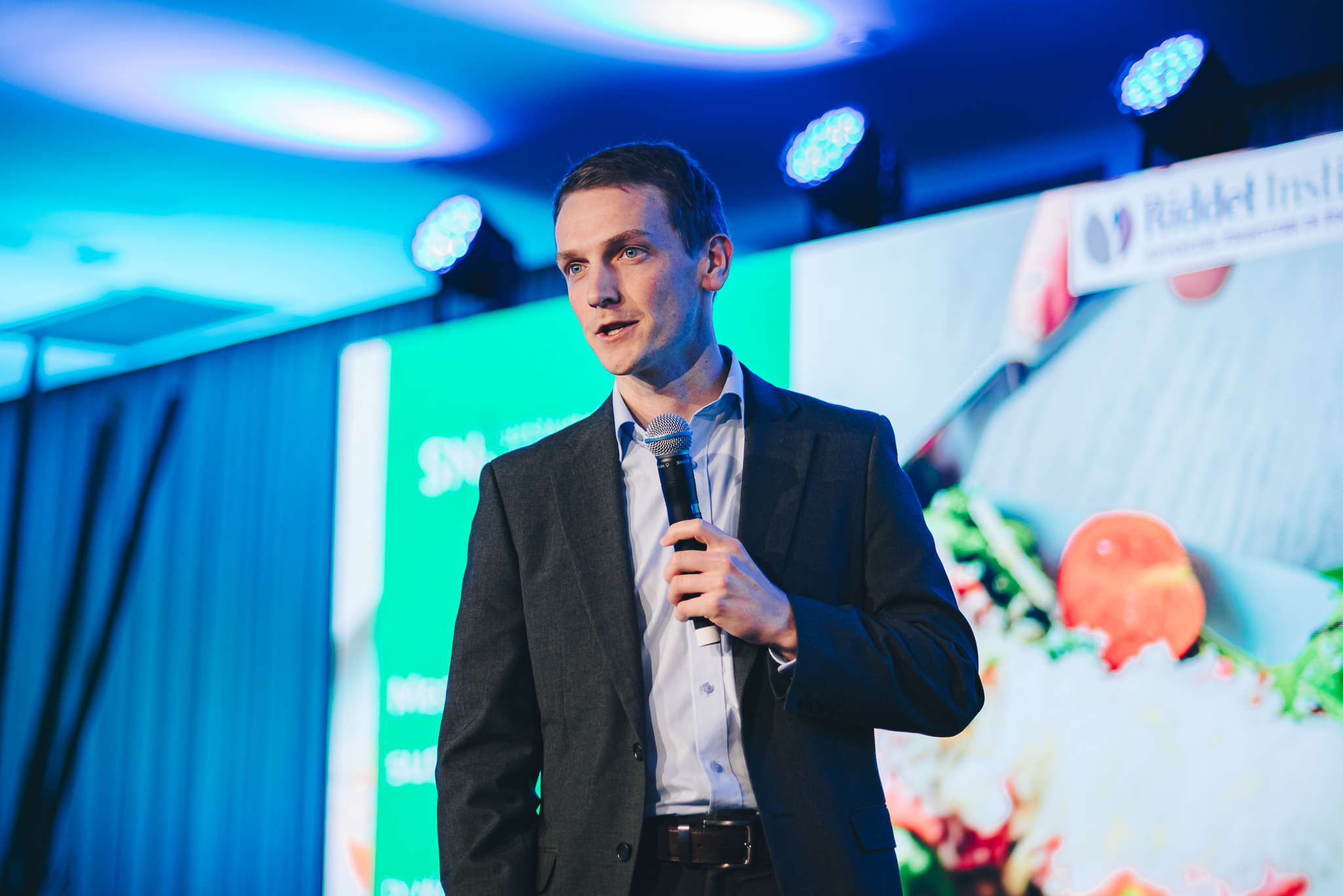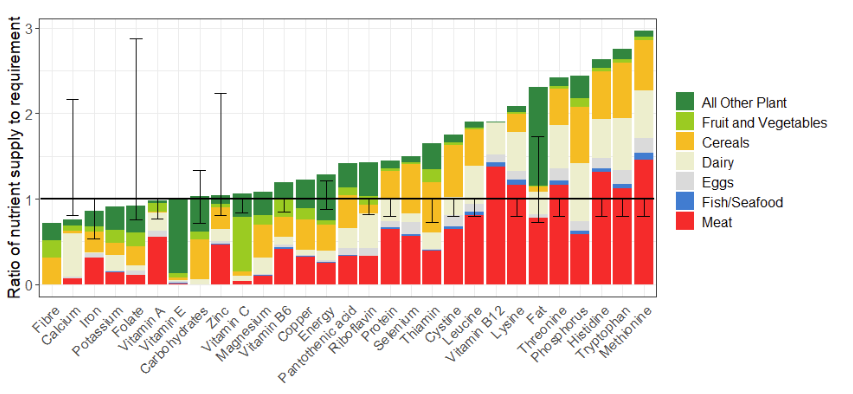
24 Jun Brazilian perspectives on food security and sustainability
In late May 2024, the City of São Paulo hosted the 1st International Conference on Food Security “Josué de Castro,” aiming to expand dialogue between governments, institutions, and society, stimulating cooperation, and leaving a legacy of knowledge and engagement for continuous improvement in food security issues. Dr Nick Smith of SNi attended the event as an invited speaker and has collated the insights from the event in this Thought for Food.
Brazil is the fifth-largest country in the world by area, and home to more than 200 million people. Feeding this population well has always been challenging: underweight impacted around a tenth of the population in the 1970s and, while this has decreased more recently, obesity has more than taken its place, now impacting a quarter of the population. Intakes of vegetables and whole grains are far below both the global average and recommended levels. Around 30% of the population is at least moderately food insecure.
This state has been reached despite rapid increases in food production since 2000. Over time, Brazil has evolved from a major food importer to a major exporter of tropical products, such as fruit, cacao, and coffee between the 1960s and 2000. Now, it is a major commodity supplier for soy, meat, grains, and bioethanol. This transformation was achieved through the development of 2 million hectares of land and tropicalisation of European and Asian crops and animals.
However, agricultural production in Brazil has reached an important juncture. In opening the conference, Secretary of International Relations Aldo Rebelo outlined the challenges facing Brazilian agriculture: the tension between the economic importance of agriculture to the country, but the increasing need to produce in more environmentally sustainable ways. However, the common ground on which all could agree was the need to provide food security for the local and global population, hence the central question of this event: how to ensure food security in Brazil and beyond in a sustainable manner?
The conference brought together agriculture and food security stakeholders from around Brazil, with key international attendees also present. The event was named after Josué de Castro, Brazilian physician and former chair of the FAO, with Alysson Paolinelli, an icon in the Brazilian agricultural revolution, as patron.
Environmental challenges and opportunities
A key theme of the conference was the growing scrutiny by European and North American importers of the environmental credentials of Brazilian exports. Many associate Brazil with the Amazon rainforest, and several examples were given of Brazilian products being negatively perceived or rejected due to associations with deforestation, even if products were produced in states 2000km south of the Amazon.
Deforestation is certainly a challenge for Brazil. Forty-four percent of Brazilian emissions are from land use change; deforestation is a major part of this and illegal deforestation continues to be a huge problem. At over 6 million km2, the Amazon occupies around 60% of the country, with 84% of this in its native state. The need to protect this part of the country was universally accepted, but many speakers also wished to differentiate the Amazon from the rest of Brazil, which includes quite different land types. For example, to the south and east of the Amazon, there is dry, savannah-like, poorly productive grassland that presents opportunities for carbon sequestration and increased productivity through the adoption of better land management.
What many speakers called for was the need for international environmental standards to appropriately deal with production in tropical countries such as Brazil. For example, while producing biofuel crops in Europe will either displace land producing food or require conversion of new agricultural land, this is not the case in Brazil, where much fallow or abandoned land exists that can be cultivated if the economic opportunity exists. There was also concern that Brazil could not feasibly meet the production standards demanded by importers in high-income countries, thus the enforcement of these standards could lead to trade barriers, with negative consequences for Brazilian economic security, and therefore food security.
Nutrient Supply
The nutrient supply situation for Brazil is poor for many micronutrients, as could be expected from the food insecurity figures.
Meat makes a substantial contribution to nutrient supply due to the relatively high meat consumption of the Brazilian population, as is striking from the contribution of the red segments in Figure 1. However, there are many nutrients for which national supply is at or below requirement. These are mostly micronutrients, with energy and protein supplied well in excess of requirement.
Importantly, Figure 1 only shows overall national supply, and not how this varies regionally or at an individual level. The high rates of food insecurity, particularly in the Amazon region, imply that this picture will be much worse for parts of the population.
Looking to the future
Many references were made throughout the conference to Brazil’s hosting of UN Climate Change Conference COP30 in 2025. The host city will be Belém, in the state of Pará, one of the Amazon states. Given the role of the Amazon in biodiversity and carbon capture, as well as the flooding in Rio Grande do Sul following closely on the heels of a record drought in central and northern Brazil, climate was at the forefront of many talks. How Brazil is going to balance its climate books, while remaining the world’s largest net food exporter and developing its economy is uncertain. However, it was reassuring to attend an event that placed food security at the heart of these conversations to ensure that nutrition is also seen as an essential aspect of sustainability.
This Thought for Food was written by Dr Nick Smith, with thanks to Prof Daniel Vargas of FGV in São Paulo for his contributions and the invitation to speak at the conference.






